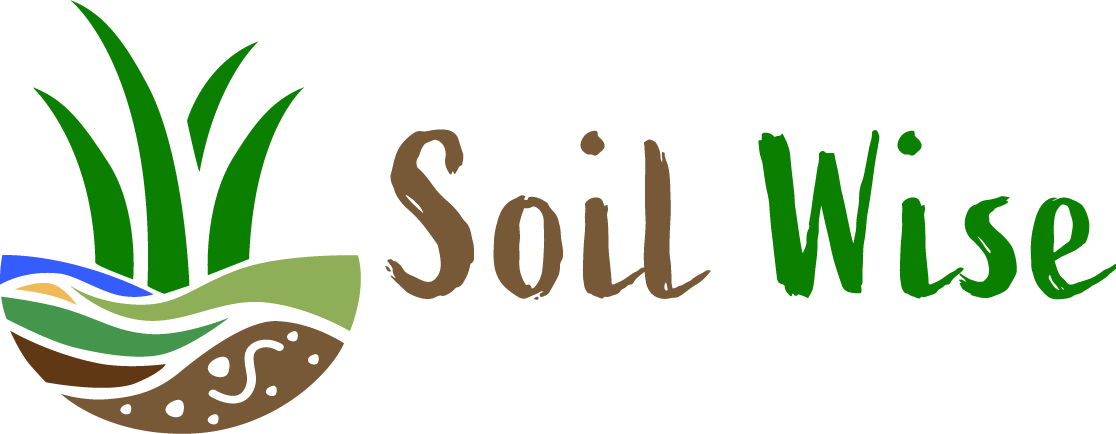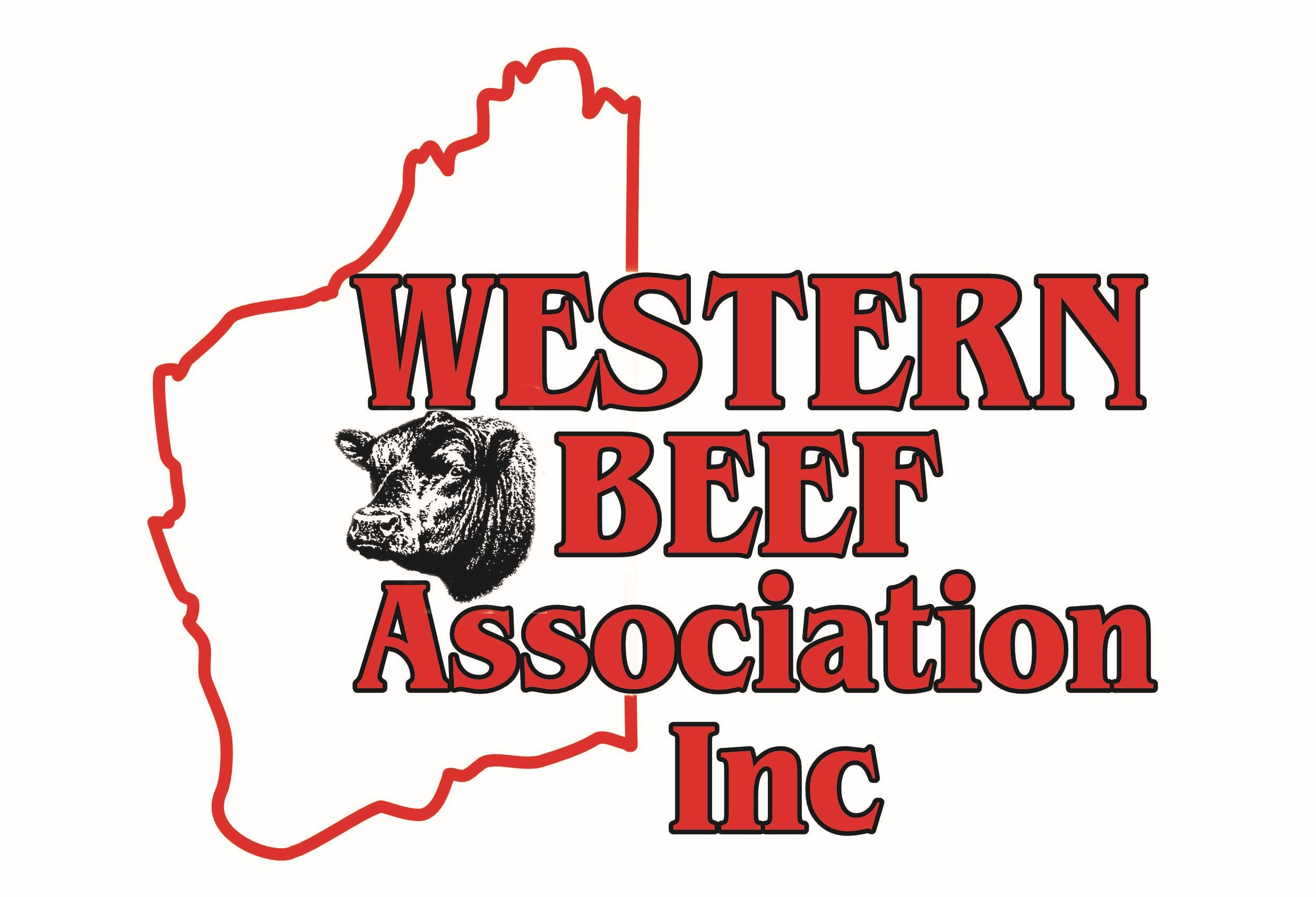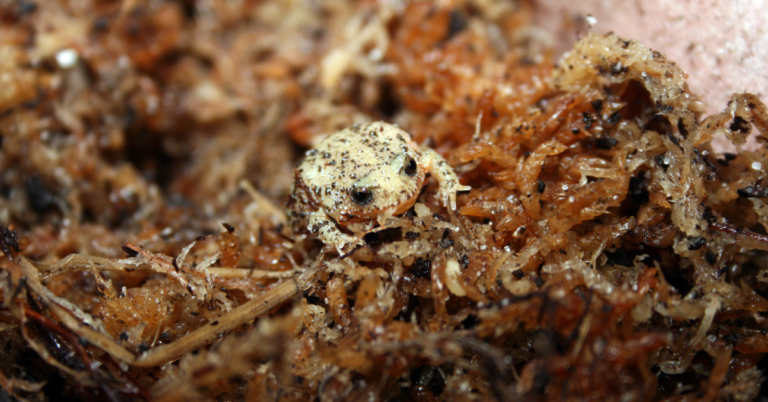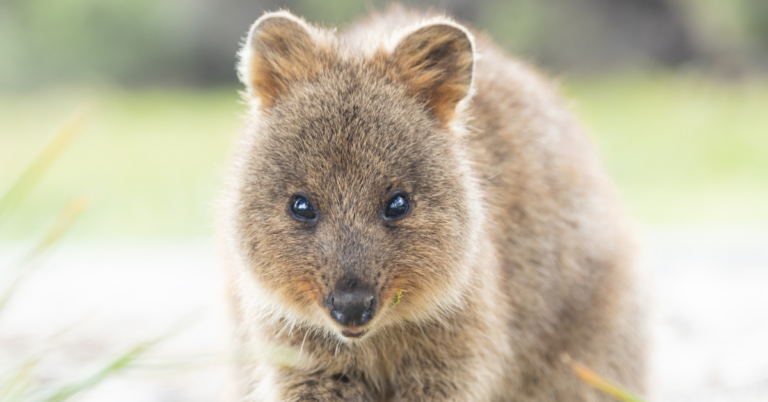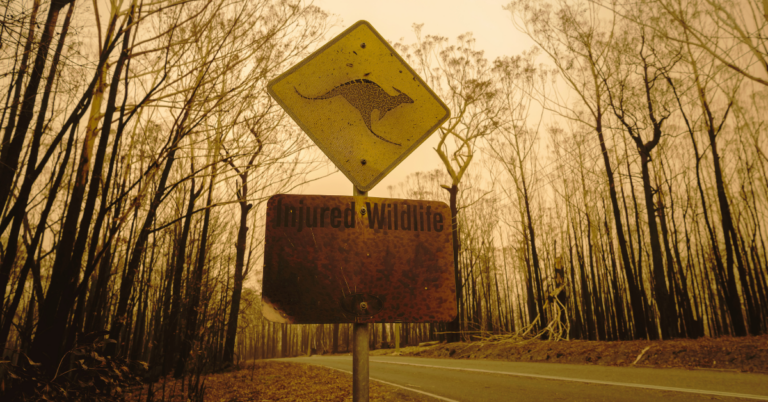Key outcomes
- Producers designed four agronomic packages for trials being implemented by local agronomist Graham Mussell
- Landholders are invited to join a group
- Increasing landholder ability to interpret soil test results
Producers have taken up South West NRM’s ‘Pasture Challenge’ to overcome soil constraints and improve productivity on a paddock in Yoongarillup.
A range of soil tests were conducted at the site in late 2022, with results outlined to producers at a field day in February by local agronomist, Graham Mussell. Characteristics of the chosen site include:
- The site has two soil/land types that are typical of the the Abba plain south of Busselton. A less productive sandy ridge runs into more fertile loamy sand flats.
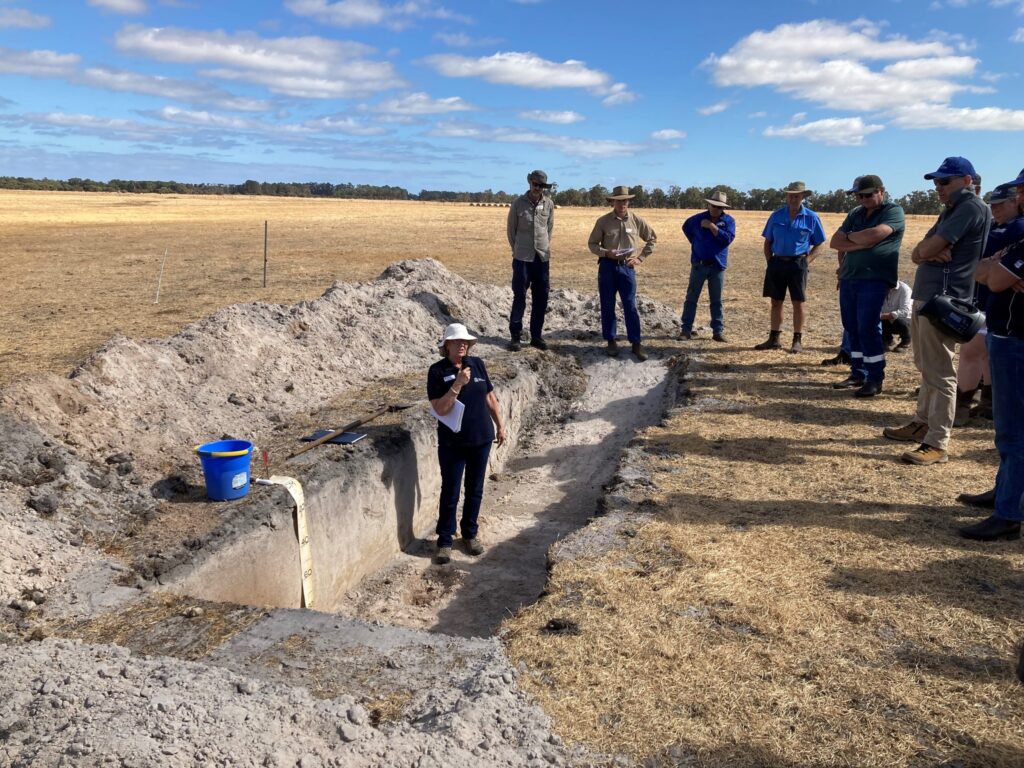
- The soil has an extremely low phosphorus buffering index (PBI) below 23 on the ridge, but is 73 on the flat which reflects the higher fertility in the lower part of the landscape. PBI decreases in the subsoil on both soil types.
- The site is severely compacted below 10cm.
- It currently supports clover and ryegrass with weed species, and the clover appears to be nodulating poorly, rated as either having moderate or ineffective nodulation.
- Clover roots tended to show signs of severe disease, as indicated by the presence of dark coloured and occasionally stubby roots that are not functional.
- Soil carbon levels are 3-4% in the top 10cm and below 1% in the 10-20cm layer.
- Soil pH in CaCl2 is around 5 in the top 10cm but dropping to 4.2 in the 10-20cm layer on the ridge. Aluminium levels here are 3.9mg/kg and can affect plant production, but are likely to be buffered by soil organic matter.
- Soil test results show that to target 95% of maximum production, sulphur is the primary limiting nutrient on the ridge and it decreases with depth, whereas potassium (K) is the limiting nutrient on the flats, where K levels also decrease with depth.
- Tissue tests were collected in September to identify any micronutrient issues.
Graham’s outline included consideration of soil compaction, root disease and nutrient status, with a demonstration of the Department of Primary Industries and Regional Development’s (DPIRD) Nutrient Calculator. DPIRD’s Angela Stuart-Street provided an overview of the soil profile in a pit dug to one metre, while local vet, Ian Bradshaw, discussed regional micronutrient (or trace elements) levels, the importance of micronutrients to animal health and the value of tissue testing to monitor their levels.
Based on these presentations, producers voted on which constraints should be addressed to increase productivity. Four groups were formed to develop separate agronomic packages which will now form part of a trial. The four groups and their agronomic packages are:
- The Rippers: deep rip; reseed with ryegrass, tillage radish and two inoculated clovers; control weeds and insects; and apply macronutrients and 2.5 tonnes of lime.
- The Plant Biology Group: reseed with a 12-species mix (peas, ryecorn, oats, two ryegrasses, two clovers, cocksfoot, chicory, plantain, radish and forage rape); control barley grass and red mite; and apply macronutrients, magnesium, manganese, boron, copper, selenium and 2-2.5 tonnes of lime.
- The Soil pH Group: incorporate 5 tonnes of lime; reseed with a mix of oats, barley, annual ryegrass, perennial ryegrass, brassica and clover; control barley grass; and apply copper, zinc, manganese and potash.
- The Meat and Potatoes Group: reseed with clover and two inoculated ryegrasses; control insects and weeds; and apply macronutrients and copper.
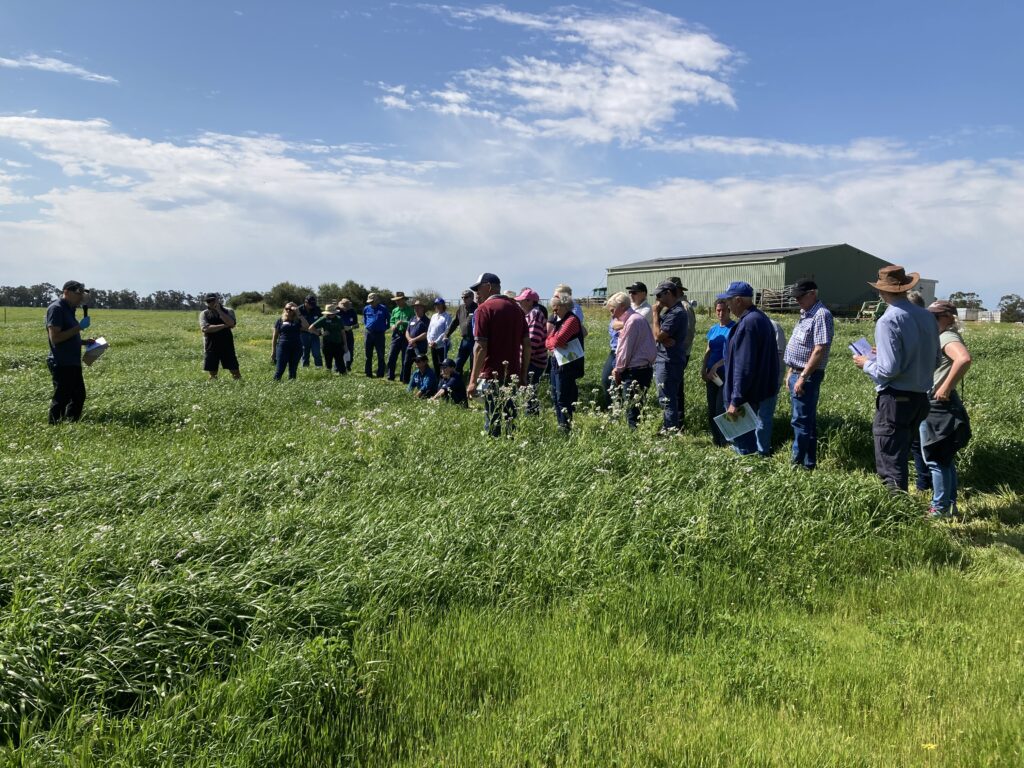
Groups will be judged on several weighted factors including yield, cost per tonne of dry matter produced, feed quality and a range of soil health indicators, including the effect of soil biology on cotton underwear to be buried in each treatment!
The four treatments, plus a control, will be replicated in three plots. During the trial, farmers will be invited to pasture cuts to see the effect of their treatments.
Farmers attended a Pasture Wise Field Day on 21st September, where they took a bus tour of the latest pasture trial sites in the Geographe Catchment, including the Pasture Trial Network, Soil Wise NKS Trial and Pasture Challenge trial.
Related news articles
Pasture Wise Field Day in Spring, 2023 to explore pasture trial sites in the Geographe Catchment.
The ‘Soil Your Undies’ Challenge – what could burying undies tell us about soil health at the trial site?
Case studies and technical reports related to assessing, managing and improving soil health.
Read the detailed science on what was discovered along the way throughout this 12 month trial.
Professor Martin Barbetti shares his insights on managing root disease following 30 years of experience and research.
Our project partners
The pasture challenge is delivered by South West NRM as part of the Soil Wise project, funded by the National Landcare Program Smart Farms Small Grants – an Australian Government initiative. It is supported by Healthy Estuaries WA – a State Government program, and Western Beef Association Inc.


